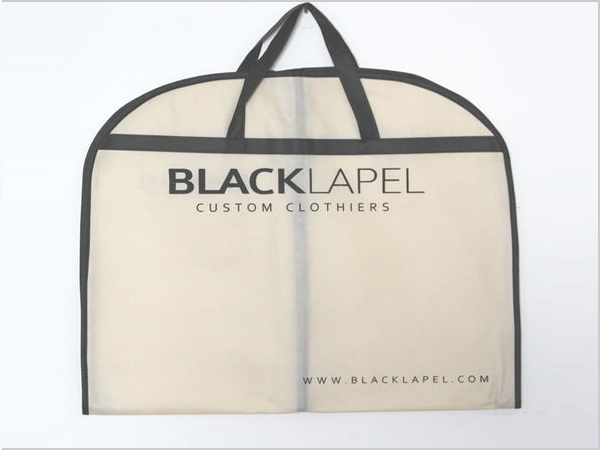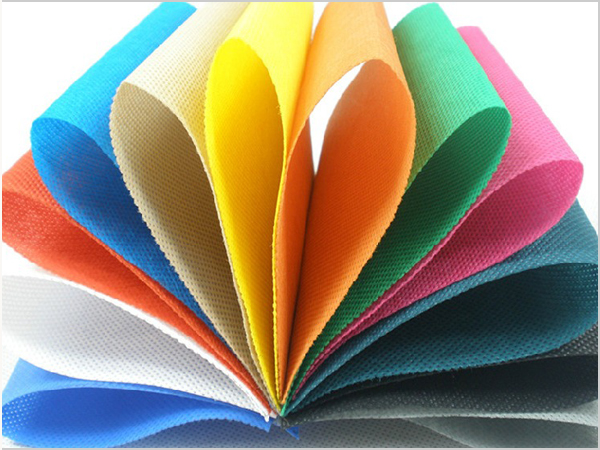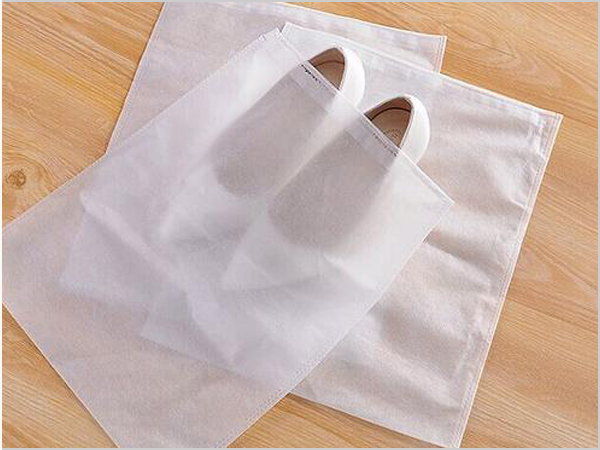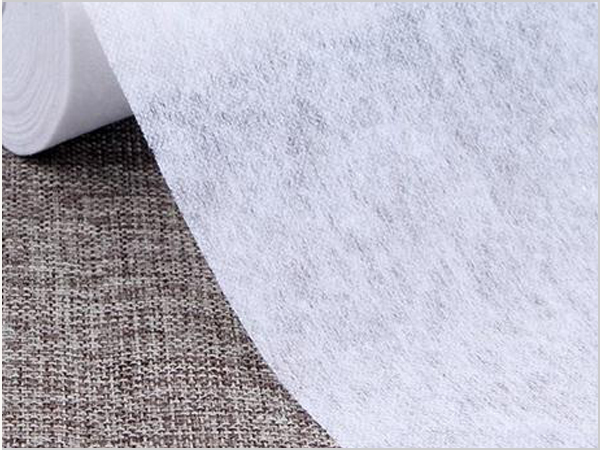- Why can spunbond nonwoven fabric dominate the market?
- Foreign trade exports are moving forward under pressure, with both resilience and challenges coexisting
- Explore the environmental protection characteristics and application fields of PP non-woven fabric
- The rise of the Latin American market is expected to become a new growth pole for China's textile foreign trade
- The production process of spunbond nonwoven fabric determines its unique characteristics!

- Telephone: 0551- 66779966
- Cellphone: 18955130444
- Email: 58792982@qq.com
- Address: Building 1-2, East of Wubu Village Section, Hehuai Road, Wushan Town, Changfeng County, Hefei City, Anhui Province
The filament geotextile we usually talk about is actually polyester filament needle-punched non-woven geotextile, which is also called polyester filament geotextile, which is also called polyester non-woven geotextile. It does not contain chemical additives and does not undergo heat treatment. Environmentally friendly building materials. It can replace traditional engineering materials and construction methods, making construction safer, helping environmental protection, and solving basic problems in engineering construction more economically, effectively, and lastingly.
non-woven geotextile has good mechanical functions, good water permeability, can adapt to uneven base, and can resist corrosion, aging, isolation, reverse seepage, drainage, protection, stability, reinforcement, etc., and can resist external construction forces Damage and creep are small, and the original function can still be maintained under long-term load. In addition, the filament non-woven fabric has extremely high UV resistance, and has extremely high temperature resistance. It still maintains the integrity of the structure and the original physical properties at high temperatures. It has been widely used in the field of infrastructure construction and has been gradually applied to a wider range. field of.
As a geotextile with excellent performance, non-woven geotextiles mainly play a protective role in engineering, and are widely used in water conservancy anti-seepage projects, such as seepage prevention, plugging, reinforcement of rivers, lakes and reservoirs, seepage prevention of water channels, vertical core walls, Slope protection and so on. Used in municipal environmental protection, environmental sanitation and anti-seepage projects, such as sewage treatment, toxic and hazardous substance disposal sites, domestic garbage landfills, industrial wastes, dangerous goods warehouses, construction and blasting garbage, etc.; municipal engineering anti-seepage and waterproof projects, such as construction Underground works and roof storage tanks, lining of sewage pipes, anti-seepage of roof gardens, subways, etc.; anti-seepage works of landscaping waterscapes, such as the bottom lining of golf course ponds, artificial lakes, ponds, slope protection, etc.; agriculture Water conservancy anti-seepage engineering, aquaculture industry, metallurgical and petrochemical industry anti-seepage, anti-corrosion engineering, mining industry anti-seepage, anti-corrosion engineering, anti-seepage engineering of transportation infrastructure, etc.
- Why can spunbond nonwoven fabric dominate the market?
- Foreign trade exports are moving forward under pressure, with both resilience and challeng
- Explore the environmental protection characteristics and application fields of PP non-wove
- The rise of the Latin American market is expected to become a new growth pole for China's
- The production process of spunbond nonwoven fabric determines its unique characteristics!
- The global trade landscape is undergoing significant changes in 2025
- The 11th China International Silk Conference was held in Shengze
- What are the core advantages of spunbond nonwoven fabric?
- What are the magical aspects of the manufacturing process of spunbond nonwoven fabric?
- The textile industry is enjoying dual policy benefits



